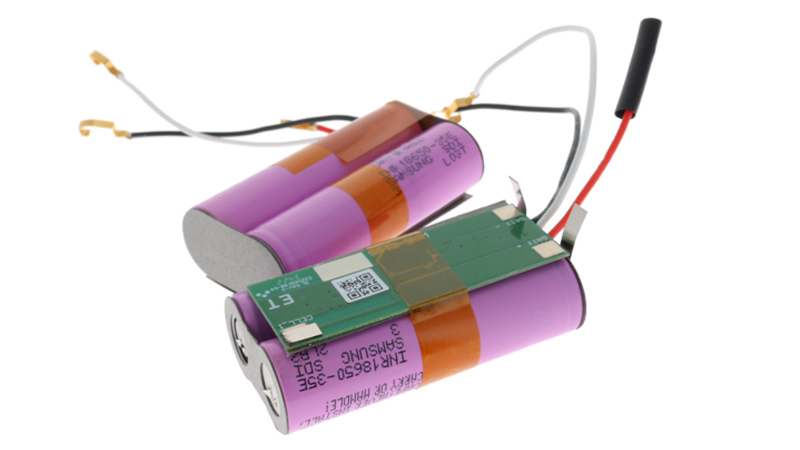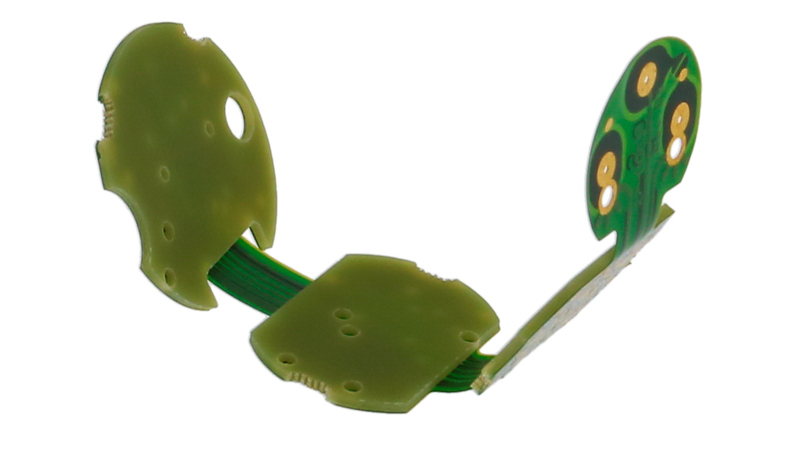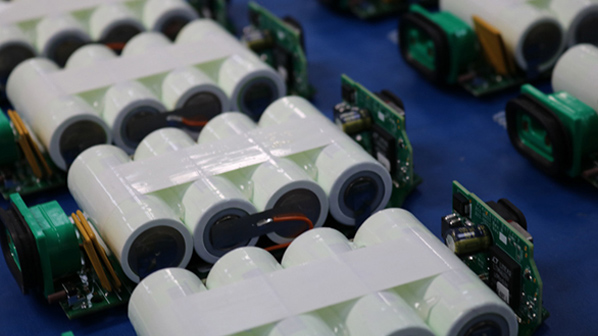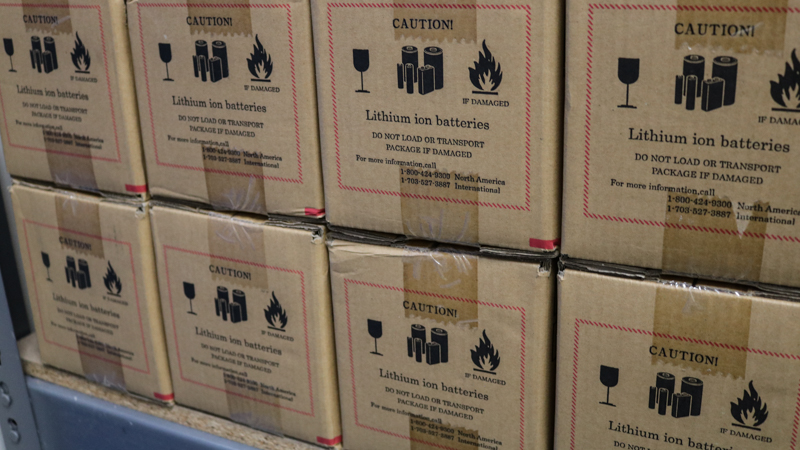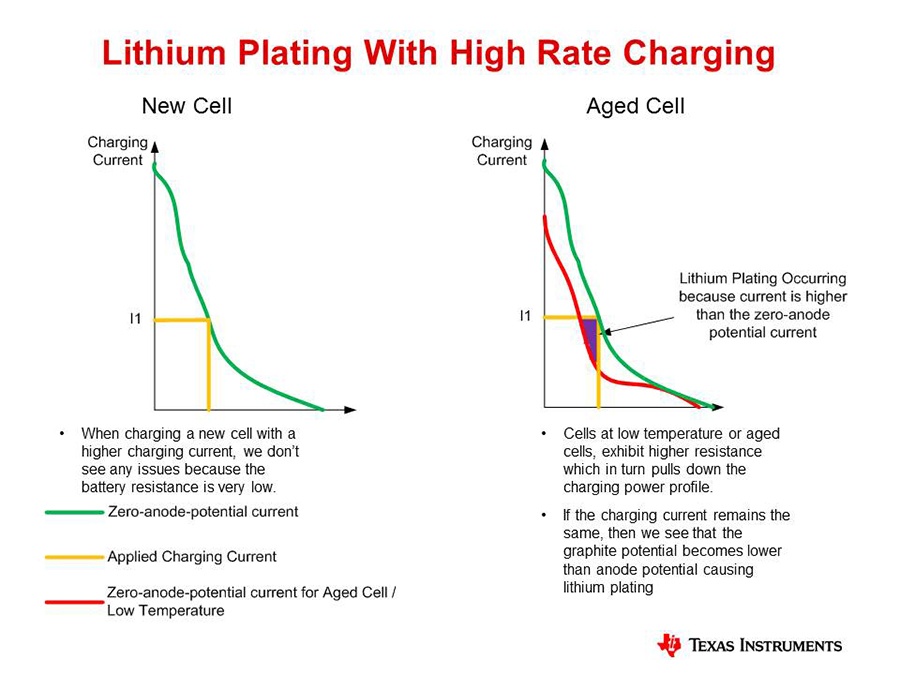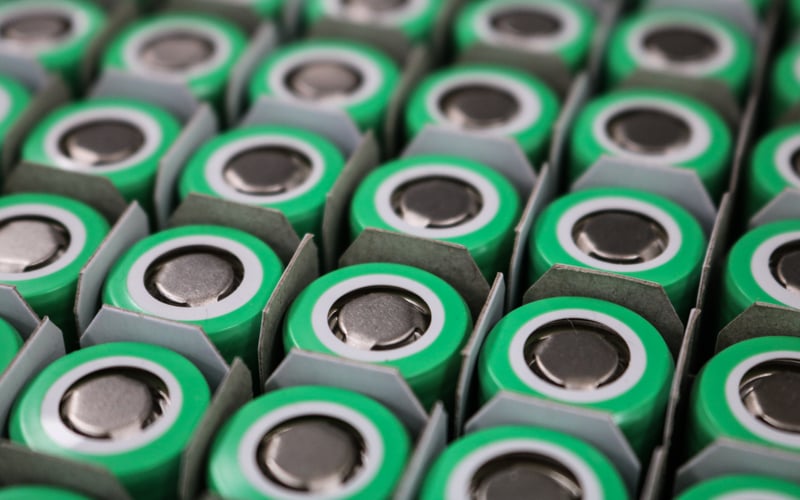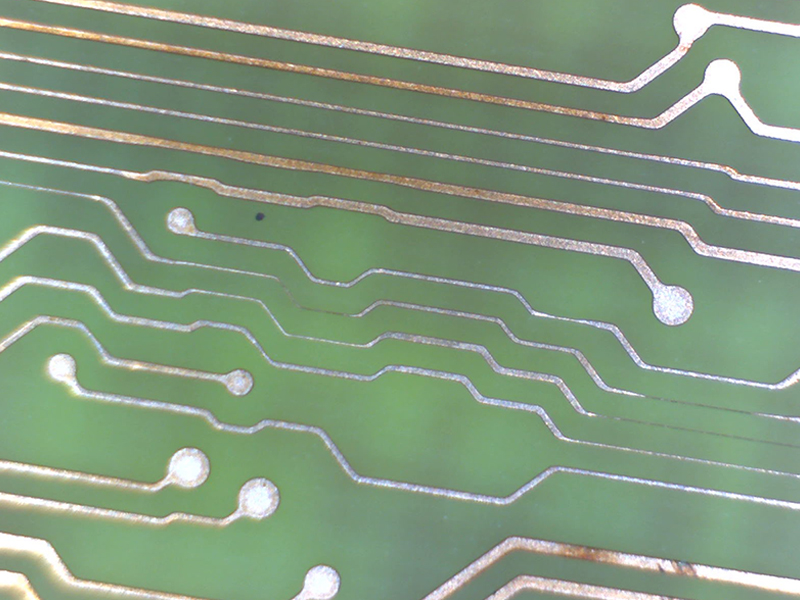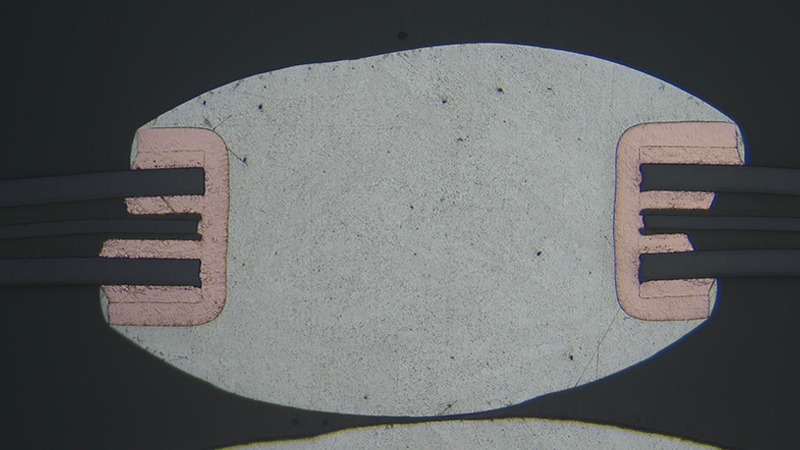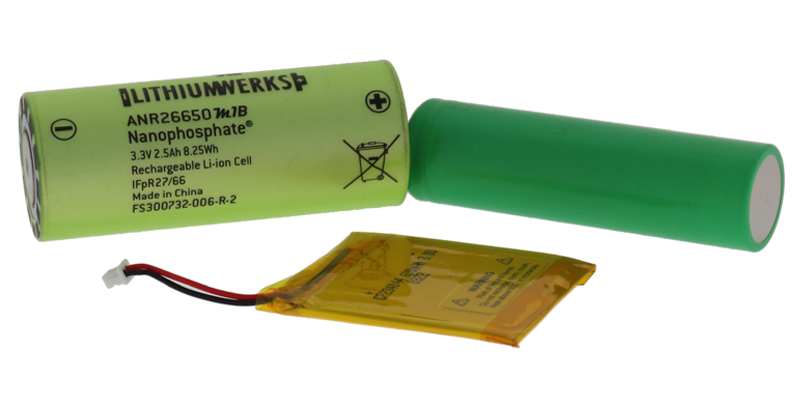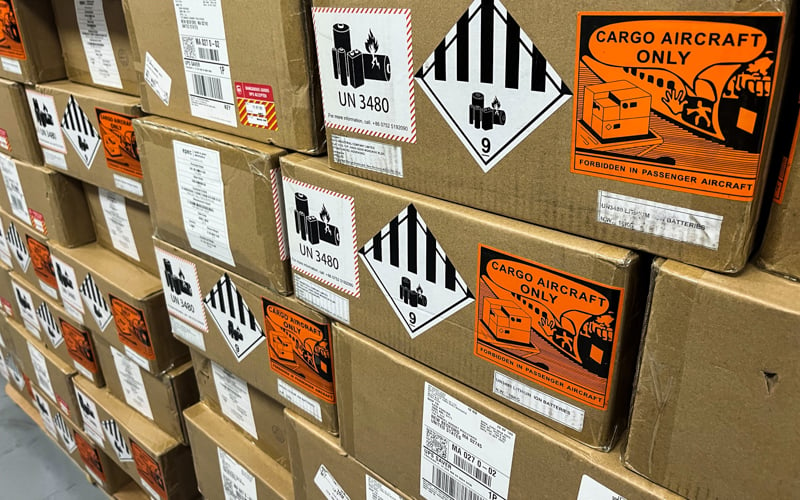Lithium batteries contain high density which is ideal when powering electronics and applications that require a large amount of power over an extended time. However, the battery chemistry is unstable. These batteries can experience overcharging, over-discharging, and discharging that occurs too fast. When the following actions occur, the battery can become damaged, have a diminished lifespan, or even create a safety hazard.
Flexible printed circuit boards are a type of printed circuit board (PCB) that has been designed to be more flexible than traditional rigid printed circuit boards. They offer many advantages over their traditional counterparts, including greater design flexibility, improved reliability, and increased cost savings.
At the conclusion of our webinar, Challenges Designing and Manufacturing Lithium-Ion Battery Packs, we had several questions submitted to our presenter, Randy Ibrahim, Battery Development Consultant at Epec. We have compiled these questions into a readable format on our blog.
Companies and individuals may store batteries outside the device as backup power when there is a power failure, or when storing extra battery packs. Another reason to store external batteries is when the device won't be used often as the device may drain the battery even when turned off due to internal monitoring systems.
Applications working in indoor and outdoor environments deal with fluctuating temperatures that impact how batteries operate. While batteries have wide operating ranges, working them at the extreme ends of their designated ranges can impact performance and battery life.
Lithium-ion batteries are used for high-powered devices and applications as they provide steady power in demand. They are found in phones, laptops, electric vehicles, and other devices. While lithium-ion batteries provide optimal battery power, optimizing the cell life ensures that the batteries can last for many years.
Etch compensation is a process used in the design of printed circuit boards (PCBs) to adjust the trace widths to compensate for any changes that occur during the PCB manufacturing process. When PCBs are manufactured, the etching process used to create the copper traces on the board can cause some amount of variation in the width of the traces. This variation can be caused by factors such as the thickness of the copper, the quality of the etching process, and the chemical composition of the etchant.
Devices are becoming smaller and thinner, requiring circuit boards that can fit into the equipment without adding any additional weight while being flexible enough to route around components. Flexible printed circuit boards offer high-density electrical connections while also reducing space.
Due to the vast shapes of electronics and other applications that function on battery power, battery cells also come in different shapes to fit the application. Two common types of shapes are prismatic cells and cylindrical cells. Both offer specific qualities to the application, whether you are looking for cost-effective batteries that are easy to mass produce or batteries with a higher capacity range.
Battery chemistries that are lithium-based must undergo UN38.3 testing requirements before being transported. This testing certifies that the batteries are safe and will not pose a safety risk during shipping over air, water, rail, or road transportation methods.


